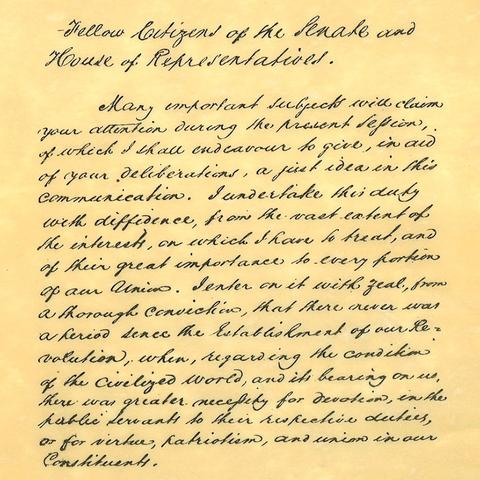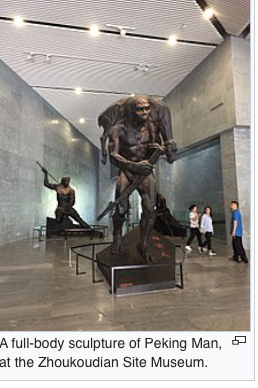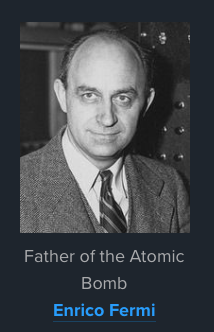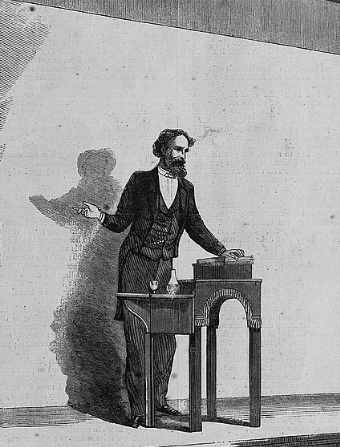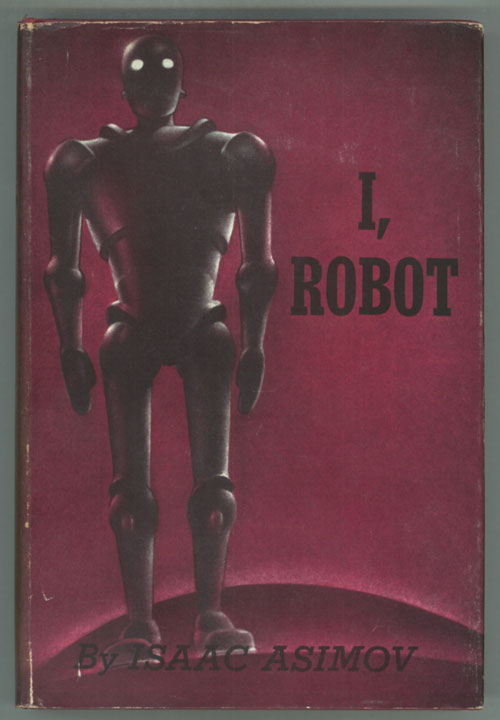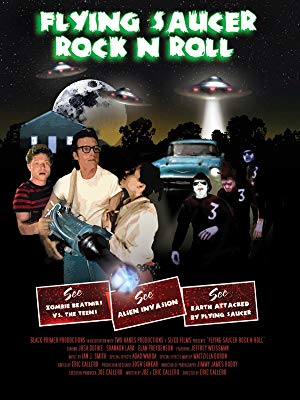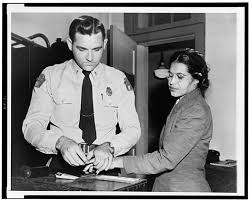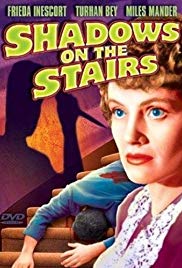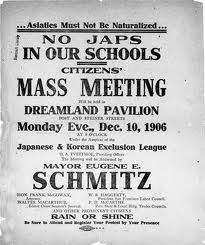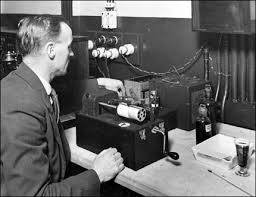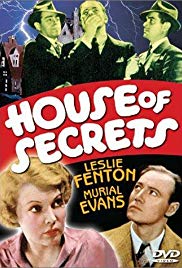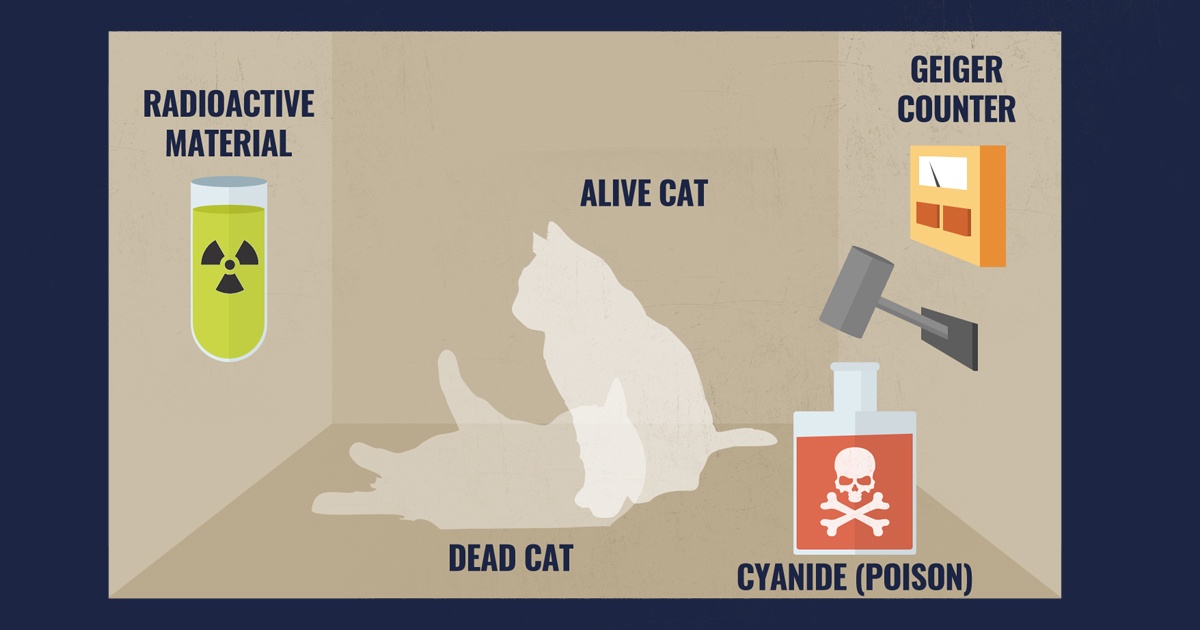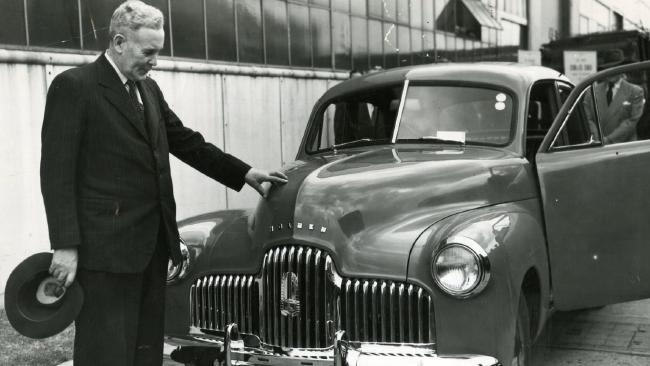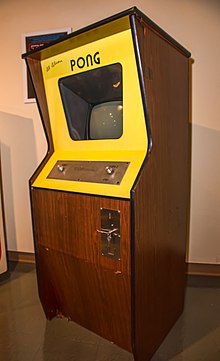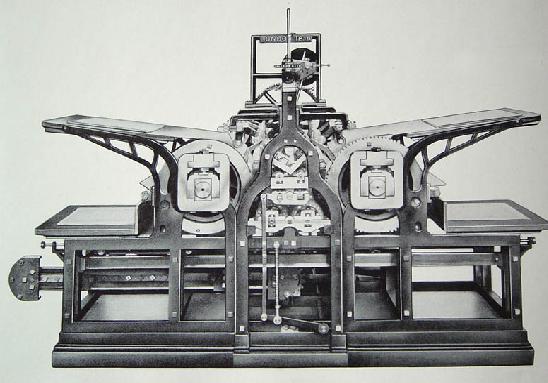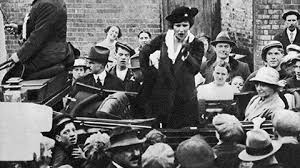IMDb meta-data is runtime of 1 hour and 7 minutes, rated 6.1 by 202 cinematizens
Genre: Old Dark House
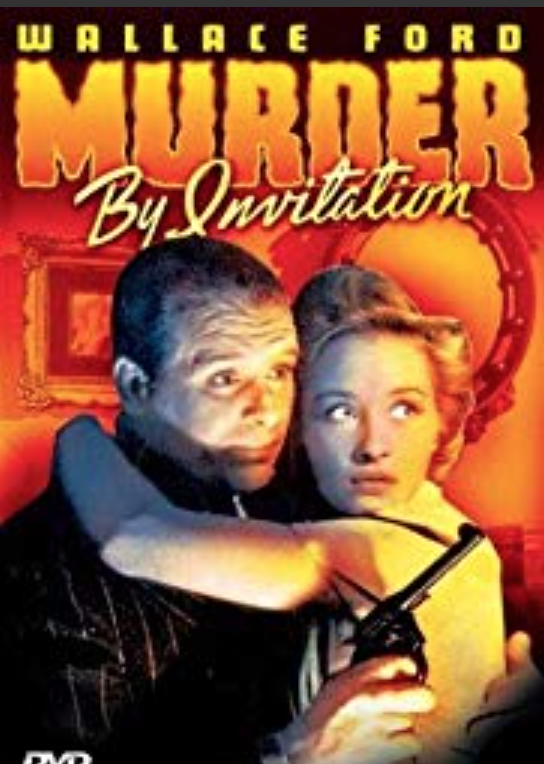
Verdict: It took a long time to get to the Old Dark House.
Querulous relatives unite, briefly, to have elderly Aunt Cassandra certified so that they can get their hand on the dosh she teases them about – more than two million smackers which in today’s geld is about 30 million iron men — which she says she has secreted in her Old Dark House. Whoa!
We start in a courtroom where Cassie appears crazy like a fox. But then what law school did that attorney attend? His prime argument for her being nuts is that she puts vinegar on apple pie. Really! Who doesn’t?
The vultures of the press enjoy the spectacle. The judge gavels Cassie into sanity.
To show how much she enjoyed the outing Cassandra invites the mob of scheming relatives to her Old Dark House (at last) for a week while she will decide how to divvy up the dosh. They have to go and go they do, one at a time.
No sooner do they arrive than the body count starts. Stabbings, shootings, poisonings here and there reduce the number of relatives. Is Cassie getting her revenge? Did Hillary do it, again? Was the vinegar off?
A newshawk and gal pal have insinuated themselves into the proceedings and Cassie finds that funny. The local sheriff is off work from the circus where he is the clown.
Turns out…. [Spoiler a-coming!] one of the relatives is reducing the number of claimants. To add to the confusion the villain(s) keeps moving the stiffs around. No explanation is ever revealed for this mystery. What, why, and how all are left to the memory-hole.
We also have the house staff, mercifully free of a black comic relief stereotype, a lugubrious butler, a greasy chauffeur, a snippy maid, a jolly cook. There is also an ever present nosy neighbour peering in windows to add to the soup.
The denouement is unexpected, though it is historically inaccurate as we pedants have to say. The Confederate States did not print a $10,000 bill. Tsk, tsk. It also turns out the neighbour is more than a neighbour. Don’t say you weren’t warned.
Phil Rosen directed with panache the crisp story by George Brickner.
The best part may be the end, when one of the players breaks the fourth wall and addresses the audience saying the Hays Office (1930-1968) will not like this film.
For those born yesterday, the Hays Office was a voluntary production code for the Hollywood factory. The code permitted chaste kisses, but not too many. No profanity and, of course, no nudity. No mixing of races. No adultery. And, hardest of all, law enforcement officials had to be portrayed positively. In its first and last decades it was largely toothless but between 1942 and 1955 it dictated much. As significant as it was, this is the only time I have noticed a reference to it in a movie, and this one is irreverent.
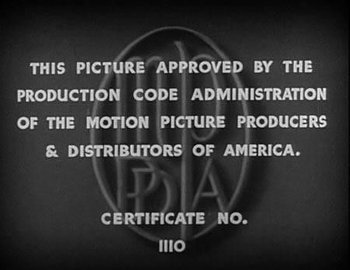
Sharp eyes will spot Hays Code certification as above on many films from that era.
The players were diverting in this exercise. Wallace Ford, a perennial supporting actor, made the most of the male lead. Marian Marsh as his wise cracking assistant held up her end of the partnership.

